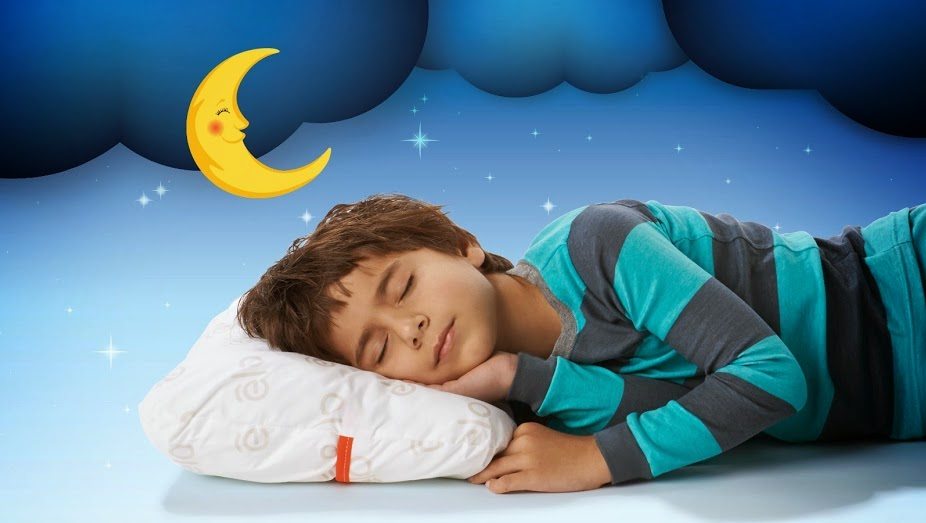By Julio Ojeda-Zapata
Pioneer Press, St. Paul, Minn.
Every night, Killian Rieder engaged in an eternal parental struggle: Getting her young daughter to settle down and go to sleep.
A friend suggested a trick: Read a bedtime story, but stop if the 2 1/2-year-old raised her head from the pillow. It worked.
Now, Rieder even has a consumer product to show for it. The Elo pillow recites a story to its young users, but pauses the audio playback if they raise their heads. It’s gone on sale in time for the holidays, available online, and at a Mall of America kiosk.
The $150 Elo is the flagship product for Rieder’s Minneapolis-based company, Edia LLC. Rieder, a veteran entrepreneur, previously created local jewelry company Chamilia LLC.
Getting the Elo to market was not easy, Rieder acknowledges. That initial spark of inspiration led to roughly three years of grueling product development, with many tech challenges and a few dead ends.
The end result: A deceptively simple kid-size pillow with a single button for turning the digital device on and off — and for connecting it to a Wi-Fi network and the Internet so audiobooks can be downloaded to it from an Elo store.
Publishers working with Rieder include Macmillan and Scholastic. Books available to Elo users include children classics like “Goodnight Moon” and “Goodnight, Goodnight, Construction Site,” along with favorites like Curious George, the Berenstain Bears and Clifford the Big Red Dog.
Five titles, including “Clifford the Small Red Puppy,” are included with the physical book, and an additional 80 are available for purchase and download.
To fill out that catalog, Rieder commissioned titles that were assembled from scratch. Added content includes songs and “soothing sounds” that parents can organize into a variety of Elo “Sleeplists.” Parents have control over the Elo and its content via a browser on a smartphone, tablet or PC.
But Rieder emphasized that the Elo isn’t being positioned as a replacement for parents reading stories to their kids the old-fashioned way.
“You’ll still go through your normal bedtime routine,” she said. “You should be reading to your kids.”
But the Elo can be useful in the final part of bedtime — as its volume and cadence of the audio playback subtly shifts to help usher children into unconsciousness, Rieder noted.
This could ultimately help kids get more sleep, which is a chronic problem for children, she said.
Developing the Elo “was a tremendously expensive” undertaking, Rieder said, adding that roughly $4 million when into the project.
“We had to bring in different hardware and software people, and it was tremendously difficult to perfect the patented process” for pausing playback with the lift of the head, Rieder said. “You just do not think it is going to be this difficult.”
Other challenges included having the pillow’s audio playback stop and start reliably as users lifted their heads and laid them down. Developers experimented with different ways to detect a head’s proximity: pressure sensors, heat-sensing fabric and other technologies.
Getting the Elo to Internet-connect reliably via Wi-Fi networks was another challenge.
Developers had to account for a range of scenarios — such as the use of public wireless networks and those in hotels, which are sometimes a hassle to use, said Kevin Moot, a software developer at Minneapolis-based The Nerdery, one of several tech companies working on the Elo.
There were many more challenges because “essentially the pillow is a smart device in a lot of senses,” Moot said. “It has everything except a camera.”
One boon, he added, is the pillow can be controlled from afar. Even if parents are on business trips, “they can manage the pillows for their kids back home,” he said.














































































































































































































































































































































































